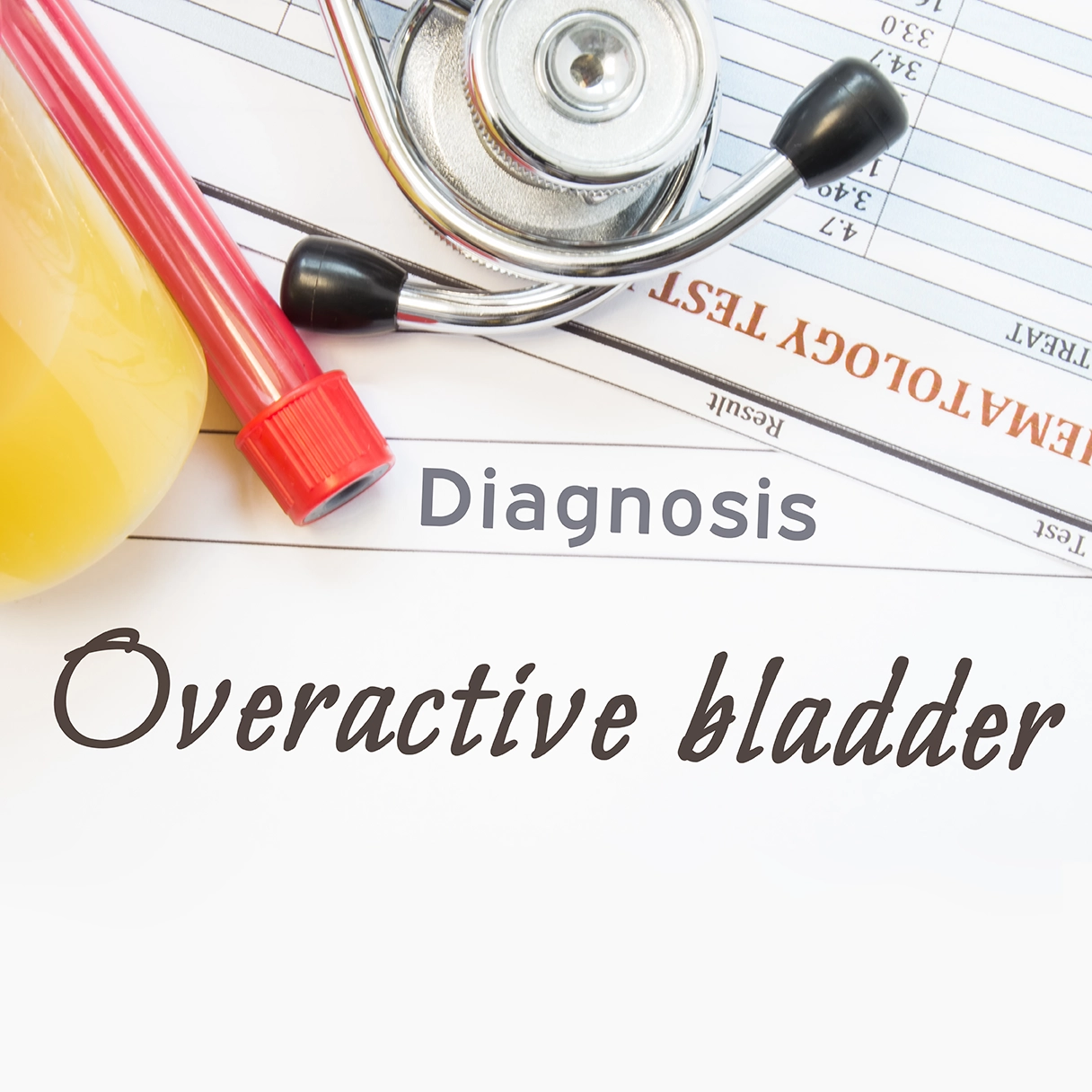Introduction
Functional bladder disorders present significant diagnostic challenges since it consists of multiple distinct conditions. The study aimed to evaluate autonomic functions like detrusor overactivity (DO), hypersensitive bladder (HSB), and interstitial cystitis/bladder pain syndrome (IC/BPS) across various functional bladder disorders by utilizing the novel non-invasive neuECG method. The objective was to determine whether autonomic parameters could effectively differentiate these disorders.
Materials and Methods
This prospective study included 107 female participants with frequency and urgency symptoms, excluding those with UTIs. Autonomic functions were assessed before diagnosis using neuECG, which analyzes skin sympathetic nerve activity (SKNA) and heart rate variability (HRV). Urodynamic studies diagnosed DO and HSB, while IC was identified through cystoscopic hydrodistension.
Results
There were 32 participants with DO, 23 with HSB and 52 with IC/BPS.
The following table shows the comparison across various parameters
|
Parameter |
DO (Mean ± SD) |
HSB (Mean ± SD) |
IC/BPS (Mean ± SD) |
p-value |
|
SKNA (Stress Phase) |
1.28 ± 0.38 |
— |
1.10 ± 0.29 |
0.048 |
|
Stress-to-Baseline SKNA Ratio |
— |
1.31 ± 0.34 |
0.98 ± 0.38 |
0.002 |
|
Baseline LF/HF Ratio |
— |
1.23 ± 1.04 |
0.78 ± 0.53 |
0.016 |
|
AUROC (HSB vs. IC) (SKNA Ratio) |
— |
0.755 |
— |
— |
|
AUROC (DO vs. HSB) (SKNA Ratio) |
0.711 |
— |
— |
— |
Conclusion
The findings of this study suggest that the stress-to-baseline phase ratio of SKNA can be a promising non-invasive autonomic parameter for differentiating HSB from IC/BPS, and for distinguishing DO from HSB.
European Association of Urology, 21-24 March 2025, Madrid, Spain



